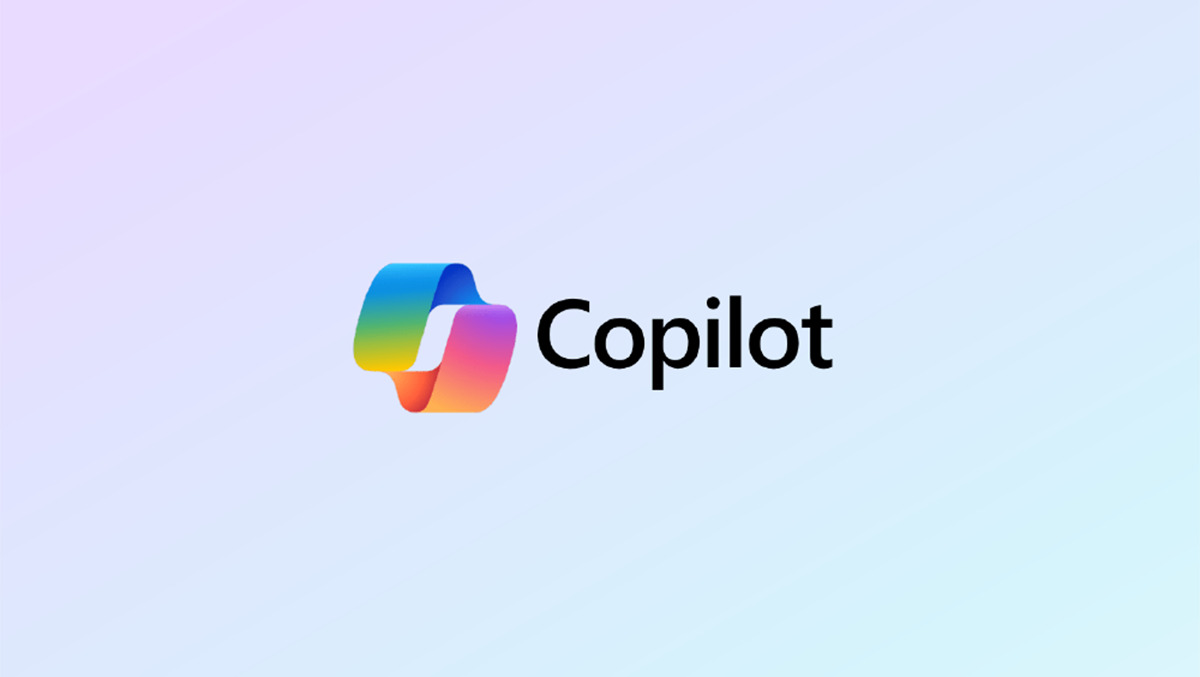Microsoft is placing a significant bet on Copilot, aiming to revolutionize how consumers interact with technology. Measuring the adoption of this AI assistant is crucial to understanding its success and guiding future development. The strategy for measuring consumer adoption extends beyond simple usage metrics, focusing on meaningful engagement and demonstrable value in users' daily lives.
One key aspect of Microsoft's approach involves tracking specific changes in work patterns and behaviors following Copilot adoption. This includes metrics such as reductions in email processing time, shifts in meeting behaviors, and time saved on repetitive tasks. Microsoft's internal deployment initially focused on monthly active usage but transitioned to tracking more meaningful engagement metrics as adoption grew. This shift highlights the importance of understanding how Copilot is being used, rather than just how often.
To facilitate effective adoption, Microsoft emphasizes the need for organizations to align people, processes, and technology. A structured approach is essential to guide implementation and empower teams to embrace AI capabilities. Microsoft suggests creating a peer learning community where users can share success stories and practical tips, normalizing AI use and providing accessible support. Furthermore, linking Copilot to broader digital transformation strategies ensures it is integrated into the existing tech ecosystem, rather than being treated as an isolated tool.
Microsoft provides tools like the Copilot Dashboard and impact reports to track adoption trends, application usage, and collaboration metrics. These insights help identify which teams are engaging with Copilot and where additional support may be needed. Leading organizations are also using these analytics to identify power users who can become internal champions, further driving adoption.
However, challenges exist. Employee resistance, driven by concerns about job security and shifting roles, can hinder adoption. Clear communication is therefore essential to address these concerns, positioning Copilot as a tool to enhance roles and improve user experience, not replace employees. Microsoft's own rollout highlighted the importance of intentionality, experimentation, and continuous learning.
Customization is also critical. Copilot implementation will vary for each business, and tailoring it to specific departmental needs using declarative agents designed for particular business functions is key. For instance, IT self-help agents can draw from internal knowledge in SharePoint to assist with common issues.
Microsoft is also working to make Copilot more personalized. New updates include a "memory" feature that allows Copilot to recall details from a user's life across conversations, enabling more tailored responses and suggestions. Users have control over this feature, with options to manage or delete stored data. Microsoft is also experimenting with "appearances," allowing users to customize Copilot's visual form.
In addition to personalizing the user experience, Microsoft is focused on expanding Copilot's capabilities. This includes AI agent capabilities that can take action on behalf of users, a "Pages" feature for organizing notes and content, auto-generated podcasts based on user interests, and AI-powered shopping and research assistants. These enhancements aim to make Copilot an indispensable companion in various aspects of daily life.
Ultimately, Microsoft's strategy for measuring Copilot adoption hinges on a multifaceted approach that combines quantitative usage data with qualitative feedback, tracks meaningful engagement metrics, and emphasizes the importance of user enablement and customization. This comprehensive strategy reflects Microsoft's ambition to create an AI assistant that is not only powerful but also seamlessly integrated into users' lives, driving tangible value and fostering long-term adoption.

















